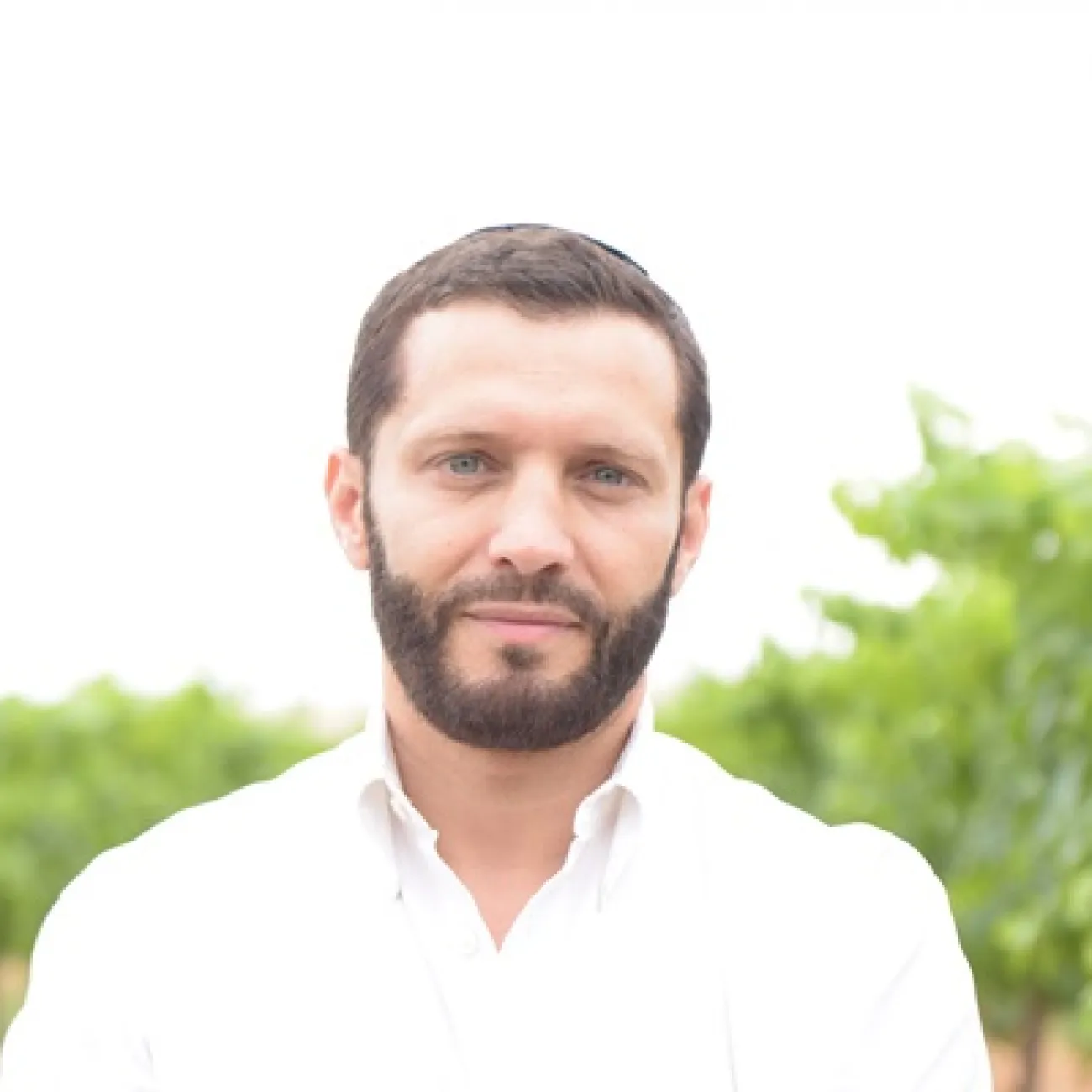Research
Research groups
Publications
40 publications
Page 4 of 4
AMPK regulates ER morphology and function in stressed pancreatic β-cells via phosphorylation of DRP1
Jakob D Wikstrom, Tal Israeli, Etty Bachar-Wikstrom, Avital Swisa, Yafa Ariav, Meytal Waiss, Daniel Kaganovich, Yuval Dor, Erol Cerasi & Gil Leibowitz,
2013, Molecular endocrinology, 27(10), 1706-1723
DOI: 10.1210/me.2013-1109
Type: article
Rachel Spokoini, Maya Shamir, Alma Keness & Daniel Kaganovich,
2013, Journal of Visualized Experiments, 2013(74)
DOI: 10.3791/50083
Type: article
Rachel Spokoini, Ofer Moldavski, Yaakov Nahmias, Jeremy L England, Maya Schuldiner & Daniel Kaganovich,
2012, Cell Reports, 2(4), 738-747
Type: article
Sarah J Weisberg, Roman Lyakhovetsky, Ayelet-chen Werdiger, Aaron D Gitler, Yoav Soen & Daniel Kaganovich,
2012, Proceedings of the National Academy of Sciences of the United States of America, 109(39), 15811-6
Type: article
Tziona Ben-Gedalya, Roman Lyakhovetsky, Yifat Yedidia, Michal Bejerano-Sagie, Natalya M Kogan, Marcela Viviana Karpuj, Daniel Kaganovich & Ehud Cohen,
2011, Journal of Cell Science, 124(11), 1891-1902
DOI: 10.1242/jcs.077693
Type: article
Jeremy L. England & Daniel Kaganovich,
2011, FEBS Letters, 585(2), 381-384
Type: article
Maya Amit, Sarah J Weisberg, Michal Nadler-Holly, Elizabeth A McCormack, Ester Feldmesser, Daniel Kaganovich, Keith R Willison & Amnon Horovitz,
2010, Journal of Molecular Biology, 401(3), 532-43
Type: article
Daniel Kaganovich, Ron Kopito & Judith Frydman,
2008, Nature, 454(7208), 1088-1095
DOI: 10.1038/nature07195
Type: article
Amie J McClellan, Stephen Tam, Daniel Kaganovich & Judith Frydman,
2005, Nature Cell Biology, 7(8), 736-741
DOI: 10.1038/ncb0805-736
Type: article
Alexei F. Kisselev, Daniel Kaganovich & Alfred L. Goldberg,
2002, The Journal of Biological Chemistry, 277(25), 22260-22270
Type: article
Pagination
Biography
The Kaganovich lab is interested in the fundamental question of how cells sense and adapt to stress. The Kaganovich lab also used basic cellular models, including yeast, to study cellular aging. These questions are investigated using super resolution microscopy, 4D live cell imaging, gene editing, and live cell proteomics.
